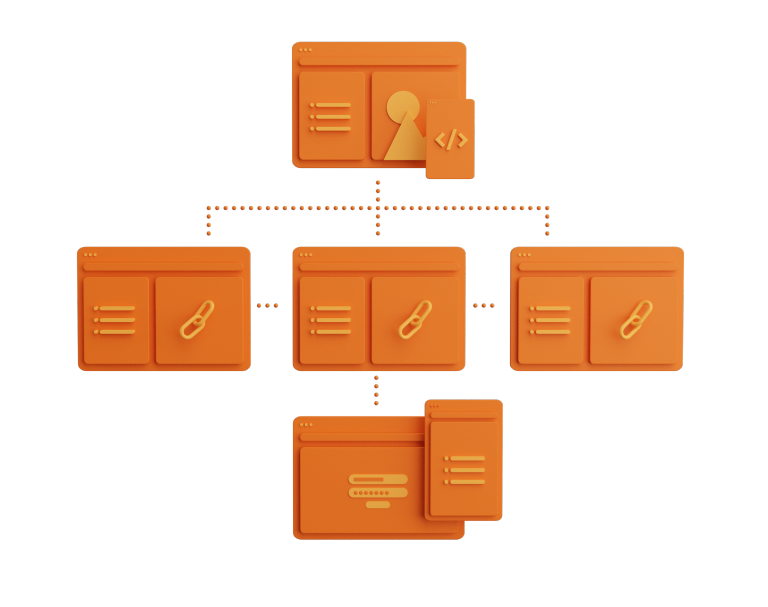Unleashing the Potential: Cloud vs On-Premise Multisite CMS
In today's business landscape, the decision between using cloud-based software or on-premise software is a crucial one that organizations of all sizes must make. While both options have their own advantages and disadvantages, the choice ultimately depends on the specific needs and goals of the organization.

Cloud-based software, also known as Software-as-a-Service (SaaS), is a delivery model in which software applications are hosted by a third-party provider and made available to customers over the internet. This model has become increasingly popular in recent years due to its flexibility and scalability, as well as its ability to lower costs and minimize IT infrastructure requirements.
"Scalability and Cost-Effectiveness: Advantages of Cloud-Based Software"
One of the main advantages of cloud-based software is its scalability. With SaaS, businesses only pay for the resources they need, and can easily scale up or down as their needs change. This makes it a more cost-effective option for organizations that experience fluctuations in demand for their services. Cloud-based software also eliminates the need for businesses to invest in expensive IT infrastructure and hardware, which can be a significant cost savings for small to medium-sized organizations.
On-premise software means control, but added responsibilities and costs.
On the other hand, on-premise software is installed and run on the organization's own servers and hardware. This model gives organizations greater control over their data and IT infrastructure, but it also comes with added responsibilities and costs. Organizations must maintain and update their own servers and hardware, and they are also responsible for ensuring the security and compliance of their data.
One of the main advantages of on-premise software is that it offers greater control over data and IT infrastructure. Organizations have full control over the security and compliance of their data, which is especially important for organizations that handle sensitive or regulated data. On-premise software can also be customized to meet the specific needs of the organization, which is not always possible with cloud-based software.
Multi-tenant CMS
In the Content management system (CMS) space, both cloud-based and on-premise solutions are widely used. Cloud-based CMS are easy to implement, scalable and cost-effective, but often come with limited customizability and the lack of control over underlying infrastructure and data. On-premise CMS, on the other hand, provide greater control, customizability, and possibly more robust security, but often come with higher maintenance costs, and greater complexity when it comes to updating and upgrading the system.
When choosing between cloud-based and on-premise software, organizations must consider their specific needs and goals. Organizations that prioritize scalability and cost-effectiveness, and are comfortable with storing their data with third-party providers, may benefit from cloud-based software. However, organizations that require greater control over their data and IT infrastructure, or those that handle sensitive or regulated data, may find that on-premise software is a better fit.
In CMS (especially multisite CMS), when making the decision between cloud-based and on-premise, organizations must evaluate their priorities when it comes to data control, customizability, and scalability, along with the willingness to put on more weight in maintenance and infrastructure management.
👇 Some of our 1000 customers
"Plate is extremely strong at managing content in multi-channel CMS environments. It's super flexible to scale and very user-friendly. It gives you the freedom to manage and publish content across multiple channels and you are truly in control of your content and website, without limitations."

Edward Rozendaal
Marketing Manager 9altitudes







